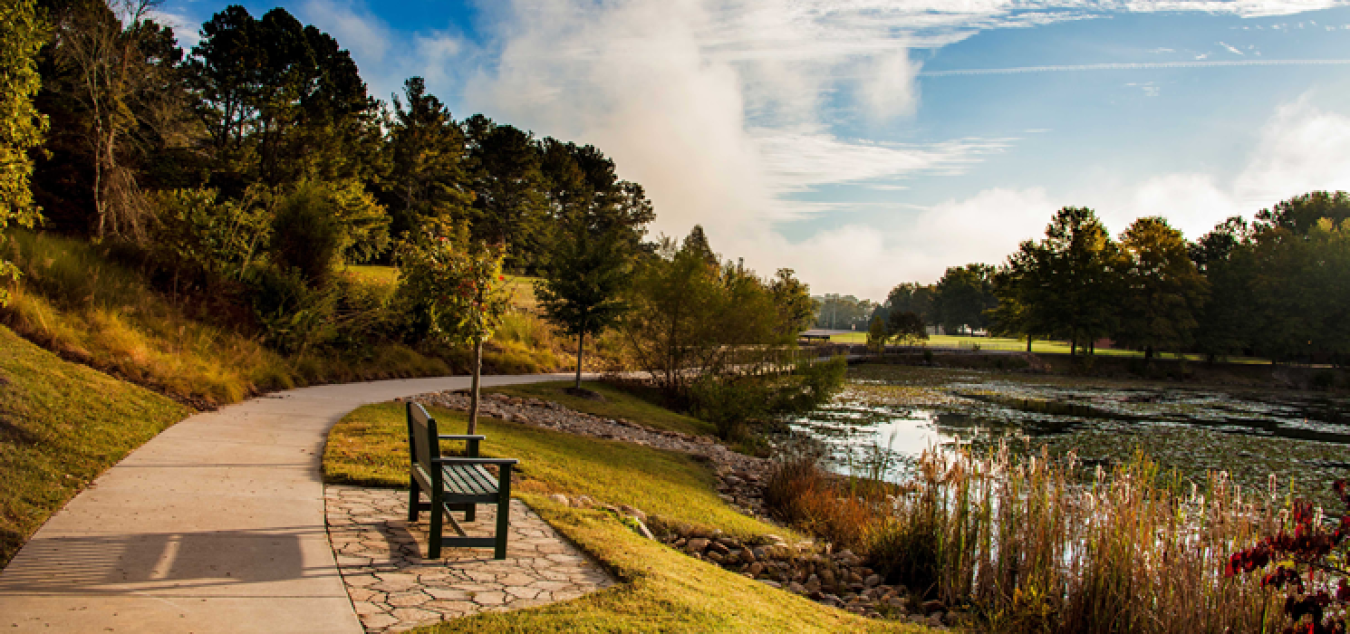
Pond trail located at Oak Ridge National Laboratory.
DOE is committed to responsible stewardship of cultural resources on its lands. The Department has many rich and varied cultural resources including archeological and historical sites, Native American burial and sacred sites, and historic buildings. The Department has an obligation to protect these resources for future generations.
The DOE Policy 141.1, Department of Energy Management of Cultural Resources, identifies how DOE addresses cultural resources and requires DOE offices and managers to comply with all cultural resource laws, regulations and executive orders. It details DOE’s commitment to be a good steward of these resources on behalf of the public through consultation with Native American tribes, State Historic Preservation Offices, and the general public.
Headquarters actions support conservation of the following cultural resources throughout the DOE complex:
- Archeological materials (artifacts) and sites from prehistoric, historic, or ethno historic periods that are located on or beneath the ground surface;
- Standing structures that are over 50 years old or are important because they represent a major historical theme or era;
- Cultural and natural places, certain natural resources, and sacred objects that are important to Native Americans and other ethnic groups; and,
- American folk life traditions and arts.
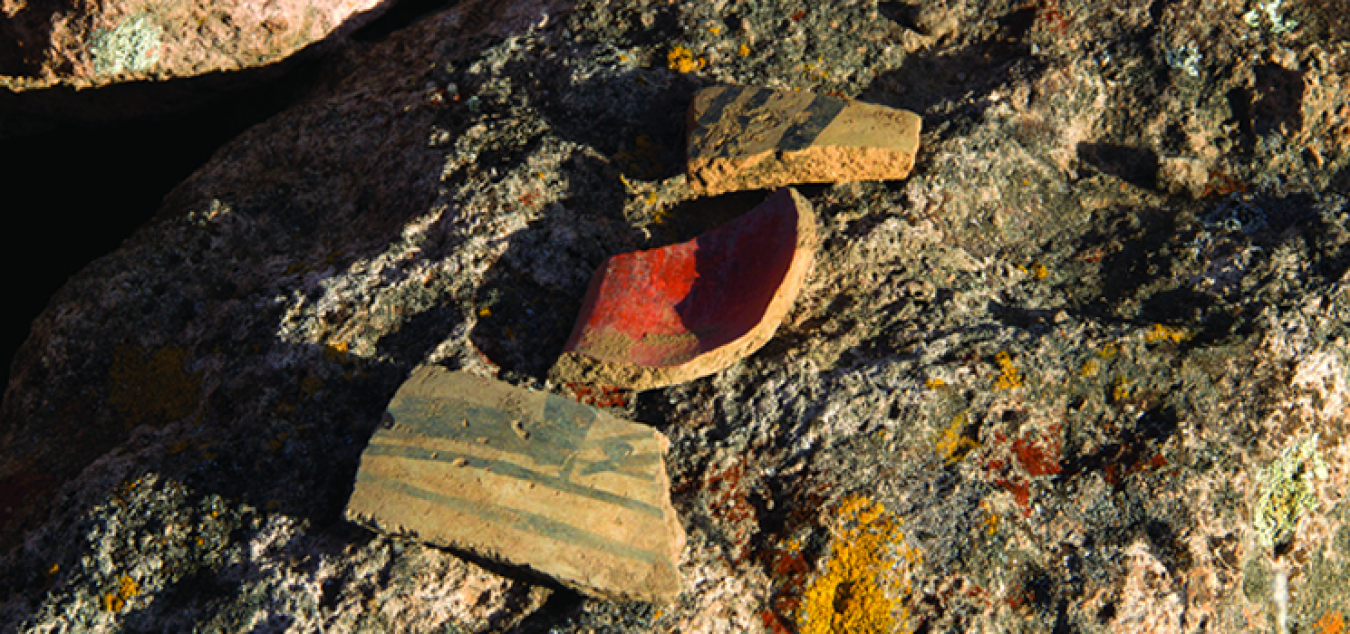
Ceramic pottery sherds at Tsirege Pueblo at Los Alamos National Laboratory. The pueblo, AD 1325-1600, consisted of hundreds of rooms. The Tsirege site also contains petroglyphs and cavates.
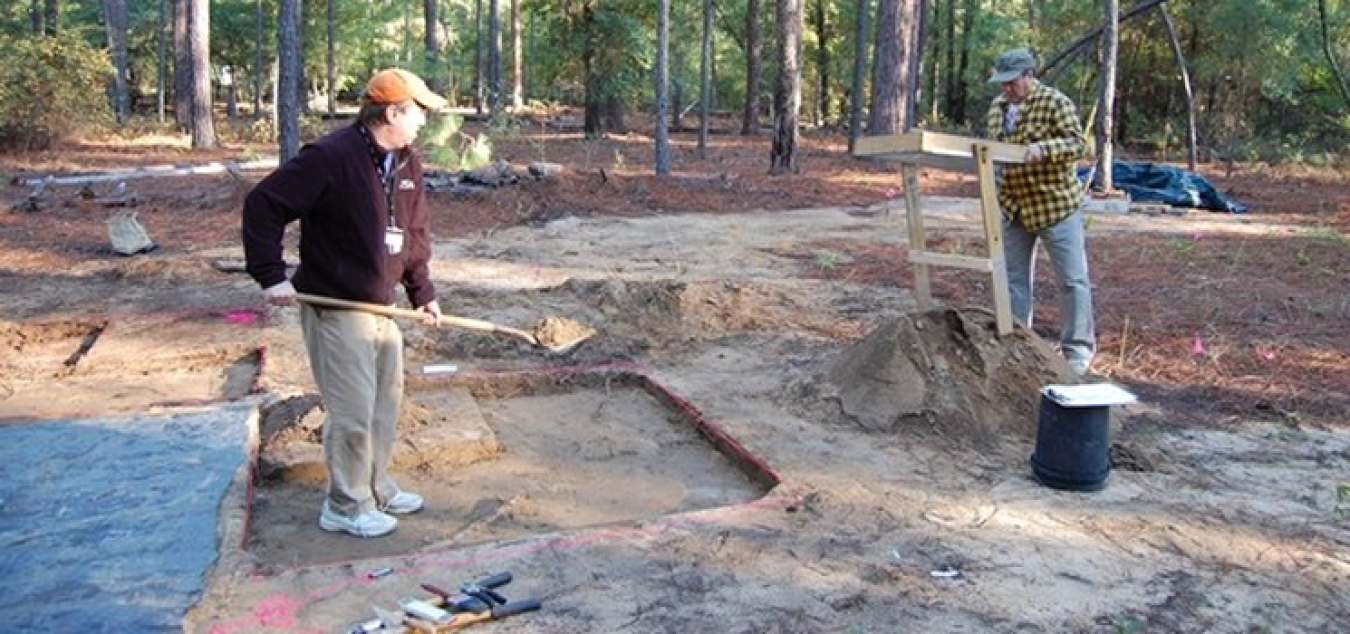
Chris Moore, left, outreach coordinator for the Savannah River Archeological Research Program, and volunteer Rooney Floyd look for ancient stone tools at Flamingo Bay at the Savannah River Site.
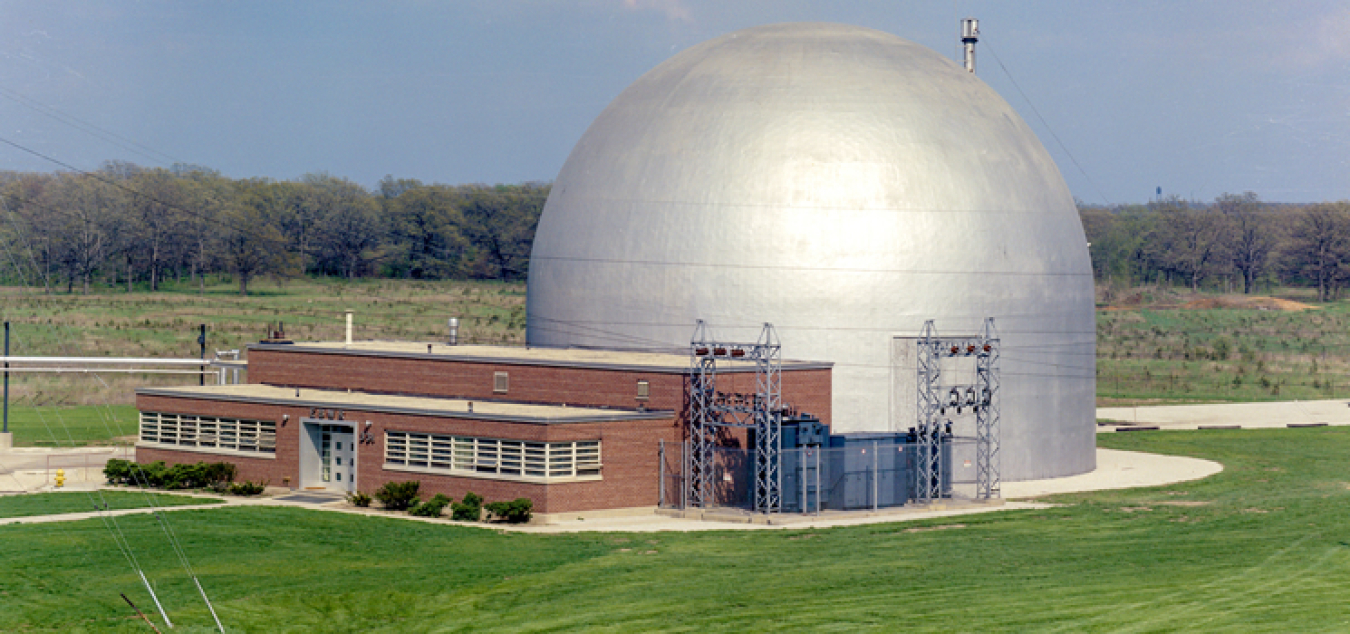
The Experimental Boiling Water Reactor at Argonne National Laboratory was the prototype for all boiling water reactors used around the world. The reactor was connected to a small turbine and helped supplement the electricity at Argonne during the 1950s and 60s.
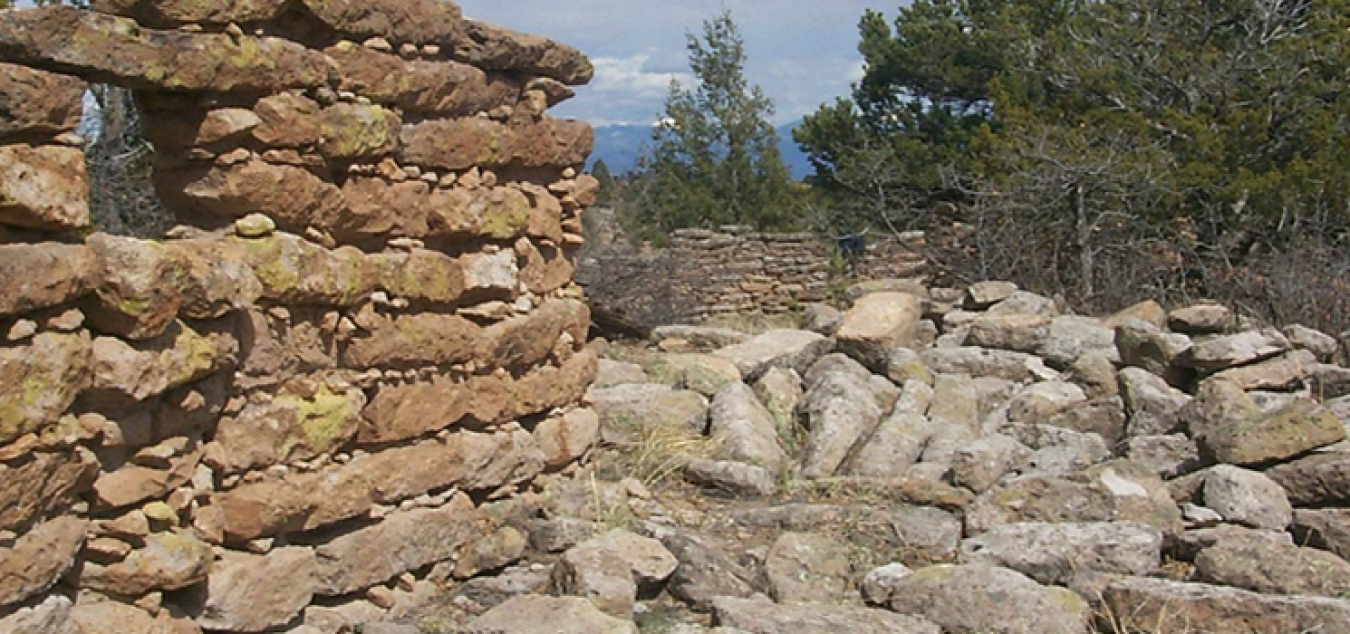
Nake'muu Ruin at Los Alamos National Laboratory (LANL) is one of the best-preserved ruins on the Pajarito Plateau and is the only ancestral pueblo at LANL that still retains its standing walls. The name Nake'muu means "village on the edge" or "village at the point" in Tewa, the language spoken by six of the northern Rio Grande Pueblos.
